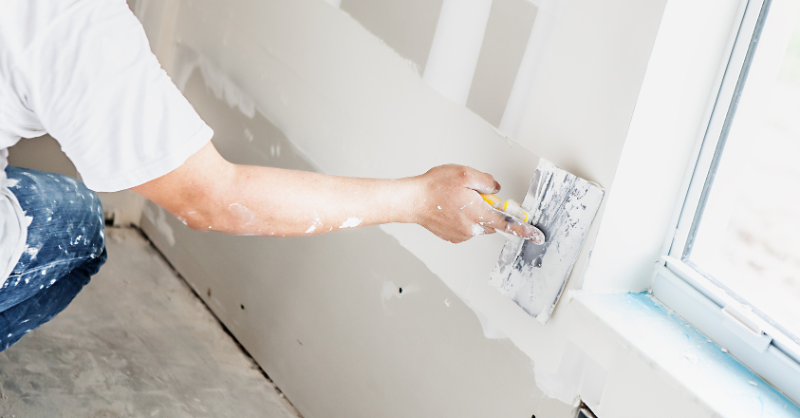8 Tips for Choosing the Best Home Interior Paint Colors
January 23rd, 2019
4 min read
By Bill Carlson
.png?width=800&height=418&name=Blog%20Post%20Image%20Size%20(1).png)
When repainting the interior of your home, choosing your paint colors can be a overwhelming, especially if you don’t have an “eye” for color. Generally, choosing the right interior paint colors depends on the kind of room you want.
At Brush & Roll Painting in Omaha, NE, we offer expert color consultation services, so you can confidently select the perfect colors for your home's interior.
By following these tips in this article, you can confidently create a atmosphere in your home that you love.
1. Start With Your Favorite Paint Colors
When repainting your home interior, it's essential to consider your favorite color as the starting point for choosing the perfect paint colors. Begin by creating a list of your top 1-5 favorite colors, then narrow it down to the best 3 that resonate with you the most.
You can draw inspiration from various sources within your home, such as the color of your cabinets, furniture, or artwork, to help guide your color selection process. Whether you prefer vibrant hues or soothing neutrals, incorporating your favorite colors into your home's interior design will create a space that truly reflects your personal style and taste.
2. Professional Color Consultation
-Apr-04-2024-05-42-16-9379-PM.png?width=586&height=306&name=Blog%20Post%20Image%20Size%20(5)-Apr-04-2024-05-42-16-9379-PM.png)
If you're feeling overwhelmed by the vast array of paint colors available, seeking professional advice can make the decision-making process much easier.
At Brush & Roll Painting, we offer personalized color consultations with a local designer who can help you navigate through the endless options and find the perfect colors for your home's interior. We also hire painters with an eye for color, to help you with your project, every step of the way.
Alternatively, if you prefer a more hands-on, DIY approach, your local paint store can also provide valuable assistance in selecting colors for your DIY painting project.
Whether you choose to consult with a designer or visit a paint store, expert guidance can ensure that you choose colors that complement your home's aesthetic and create the atmosphere you desire.
3. Dark vs Light Paint Colors
When looking for new color inspirations, sometimes all you need is a little adjustment. So before you abandon your current color, consider a darker or lighter shade of the same color.
A paint strip can come in handy here – identify the current color on the strip, then look at the adjacent lighter or darker shade of it. Many paint colors appear on a paint strip in gradual shades, but you can also ask your paint store to customize it by percentages of light or dark shades.
This method of adjusting the intensity of a color can provide a subtle yet impactful change to your interior design. By exploring slightly lighter or darker shades of your favorite colors, you can create a harmonious and cohesive color palette throughout your home. This approach allows you to maintain the essence of your preferred colors while adding depth and dimension to your living spaces. Additionally, experimenting with different shades on a paint strip can help you visualize how the colors will interact with each other in various lighting conditions, ensuring that you achieve the desired atmosphere and aesthetic in your home. So, next time you're considering a color change, remember that a small adjustment in shade can make a big difference in transforming your space.
4. Bring in Colors of Nature
-4.png?width=545&height=285&name=Blog%20Post%20Image%20Size%20(7)-4.png)
If you want to freshen up your living space, bringing a bit of the outside in your interior can offer great inspiration. Whether you choose the sky blues or the foliage greens, exterior-inspired color schemes are meant to be restful and relaxing. When sampling your favorite colors, do so at all times of the day and night, as well and with window shades closed and open. This will give you the most realistic picture.
5. Paint Colors for Wall Textures
Different textures go well with different colors, so it's essential to consider the type of wall texture you have when choosing paint colors for your home. The most common wall textures are either knockdown texture or orange peel textures, each requiring a different approach when it comes to selecting the right paint color.
If you have textured walls, such as knockdown or orange peel textures, you may benefit from seeking the assistance of a professional painter or color consultant. These experts can provide valuable insights and recommendations on which colors will best complement the unique texture of your walls, ensuring a cohesive and visually appealing result.
Whether you have rough knockdown texture or a smoother orange peel finish, the right paint color can enhance the texture and bring out the best in your walls. By working with a professional, you can achieve a seamless integration of color and texture in your home, creating a harmonious and inviting living space that reflects your personal style and taste.
6. Interior Décor Inspiration
-2.png?width=517&height=270&name=Blog%20Post%20Image%20Size%20(8)-2.png) Look around your room and draw some inspiration from your home's interior décor and other items such as the carpet, furniture, lampshade, wall picture, and so on. Consider the subtle accents and details that catch your eye, like the pattern on a throw pillow or the texture of a rug. Look for colors that complement each other and create a cohesive look throughout the room.
Look around your room and draw some inspiration from your home's interior décor and other items such as the carpet, furniture, lampshade, wall picture, and so on. Consider the subtle accents and details that catch your eye, like the pattern on a throw pillow or the texture of a rug. Look for colors that complement each other and create a cohesive look throughout the room.
Avoid choosing the most dominant color in the room, such as the bold hue of your kitchen cabinets, and instead opt for a color that ties everything together harmoniously. By carefully observing the elements in your space, you can find inspiration for selecting the perfect paint colors that will enhance the overall aesthetic of your home.
7. Warm Paint Colors
Warm colors will be your best option if you want to create energizing, comfortable rooms. Popular warm colors include yellow, orange and red. The brightest tints of these colors are bold and vibrant but can be too strong when used often. You should probably go for more muted shades if you want to make your interior feel cozier.
8. Neutral Paint Shades
-2.png?width=478&height=250&name=Blog%20Post%20Image%20Size%20(9)-2.png)
Neutral colors are often underestimated, but they can truly work wonders in any color palette. Shades of gray and white, for example, are versatile and can effortlessly complement a wide range of colors. They have the unique ability to tone down the intensity of warm or light colors, while also adding brightness to cool or dark hues. Additionally, light shades of black, brown, and blue are excellent alternatives that can bring a sense of balance to your interior space.
By incorporating neutral colors into your design scheme, you can create a cohesive look that ties everything together seamlessly. Whether you choose to use neutral shades on walls, furniture, or accessories, they serve as a perfect backdrop that allows other colors to shine while maintaining a sense of elegance and sophistication.
The Best Paint Shade For You
I hope you got some inspiration from the above interior color ideas. As already mentioned, always start with your favorite colors before you consider other options. After all, you will be seeing these colors day in and day out!
At Brush & Roll Painting, we want you to be confident in your color choices. In order to love your home, you need results that will last, so we make sure that your color looks the best it can for as long as possible. We offer a 9-year warranty for Interior Painting when customers choose Aura by Benjamin Moore for their paint.
To be confident in each step of the process of your interior painting project, download your checklist.
Bill is the owner and operator of Brush & Roll Painting. Bill Carlson is a second-generation painter. He grew up working with his father’s painting and restoration company. After graduating from Bennington High School, he served in the US Navy, traveling with the boxing team. While this was a great opportunity to see the world, it also made him realize how much he loved his little world here in Nebraska. He settled back into the painting industry, working with his brother. It wasn’t long before Bill’s entrepreneurial spirit pushed him to start his own business. Always one for a challenge, he longed to prove to himself that he could be as successful on his own as both his dad and brother were.
Topics:













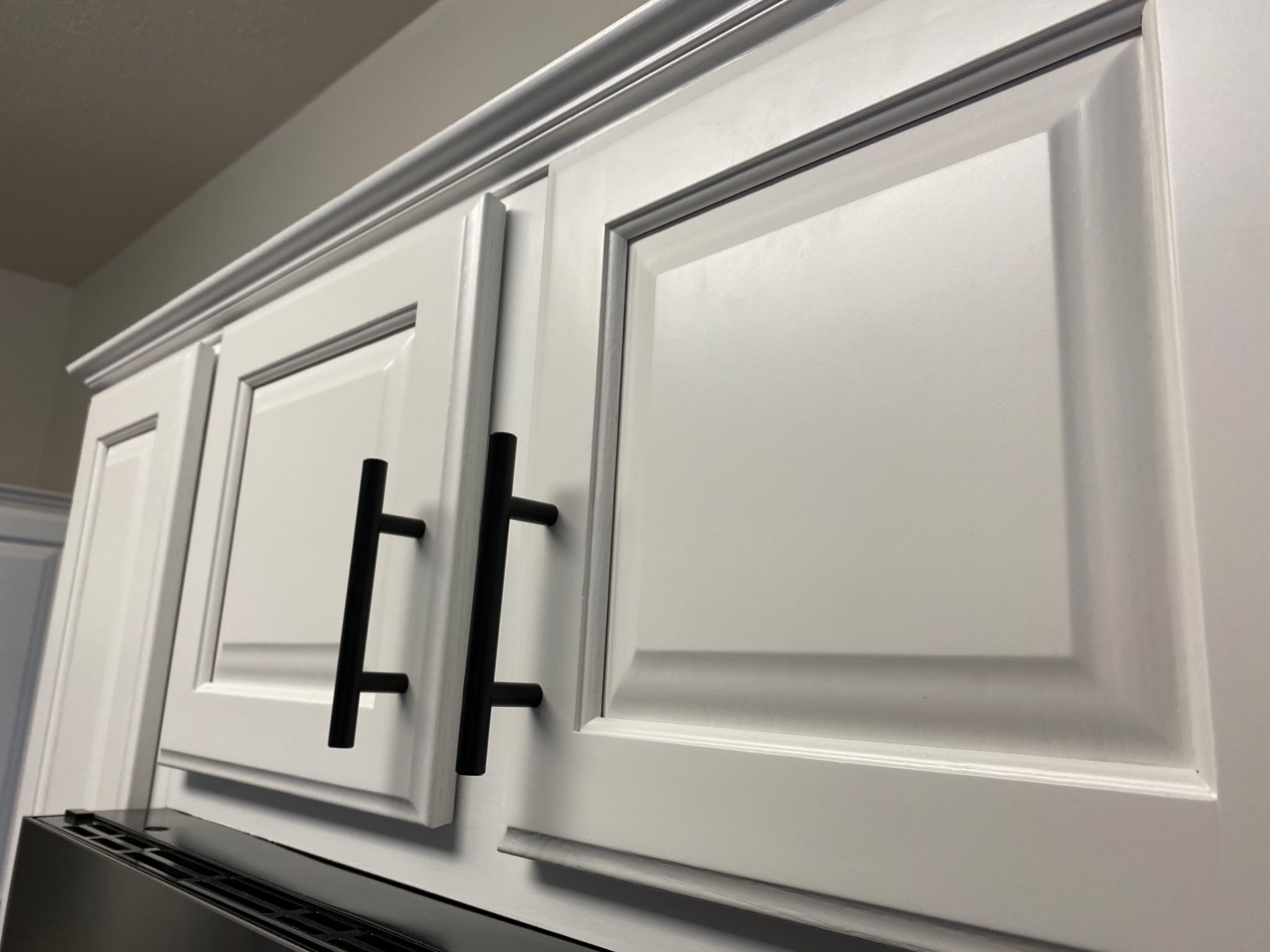

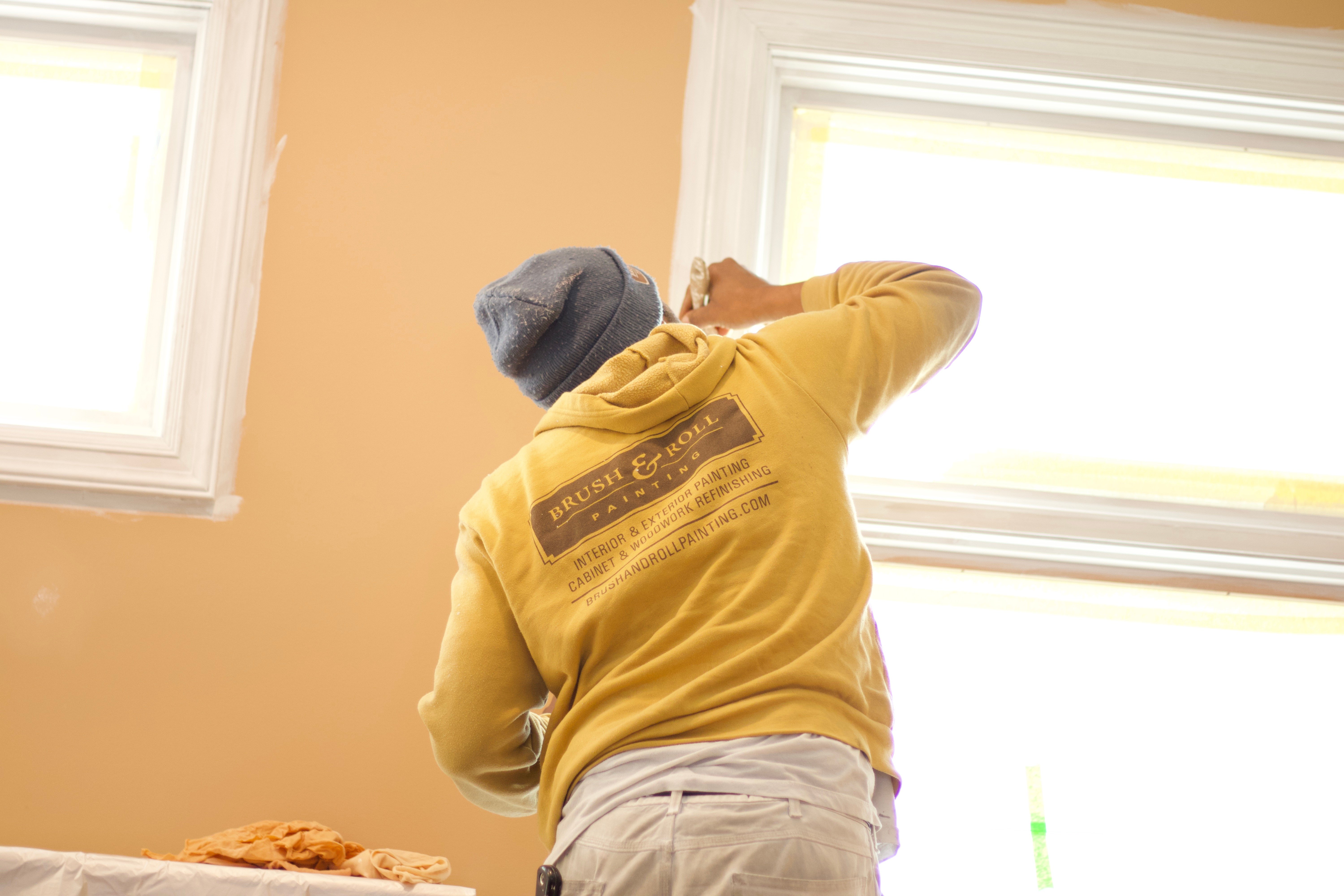
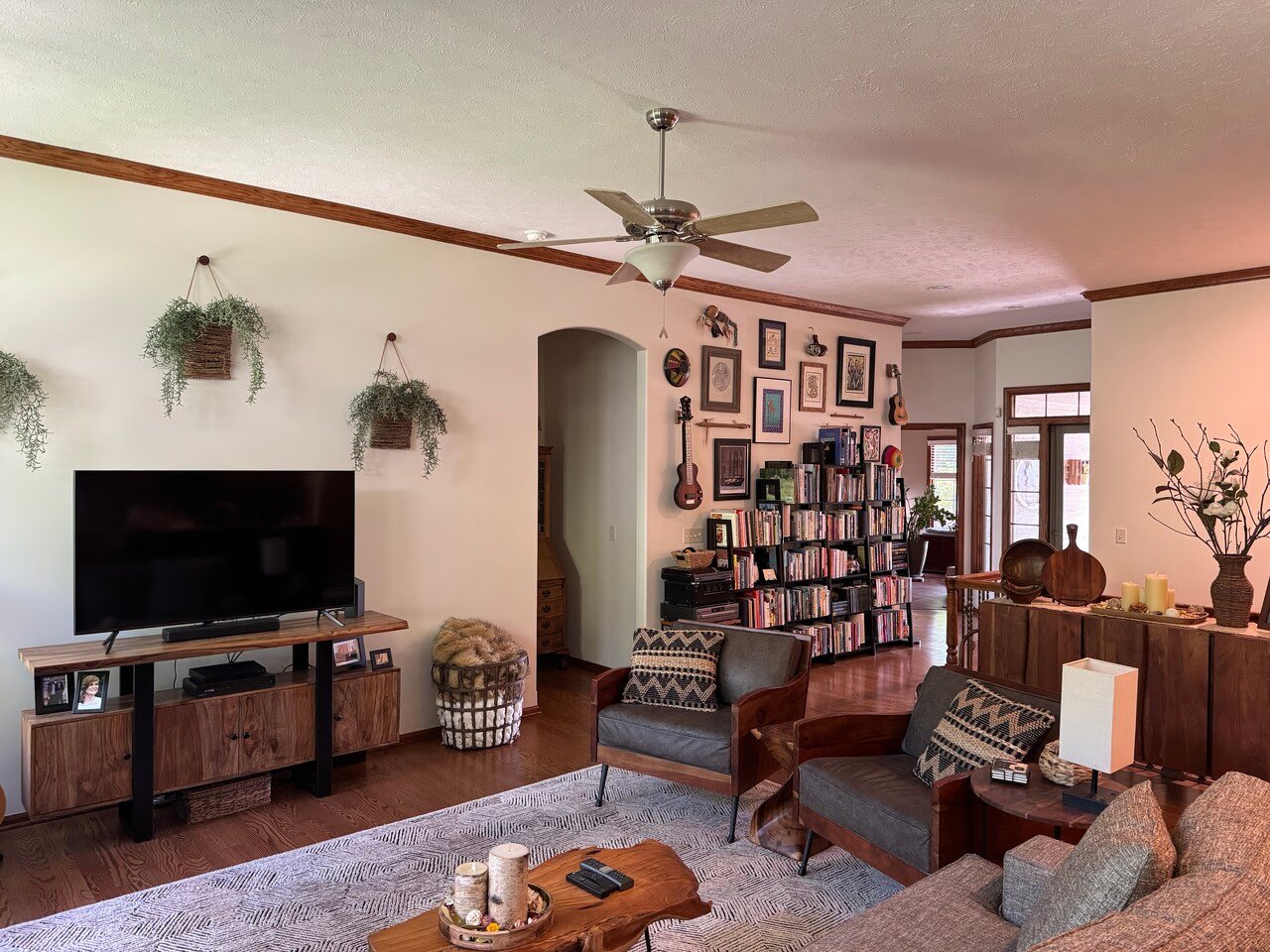
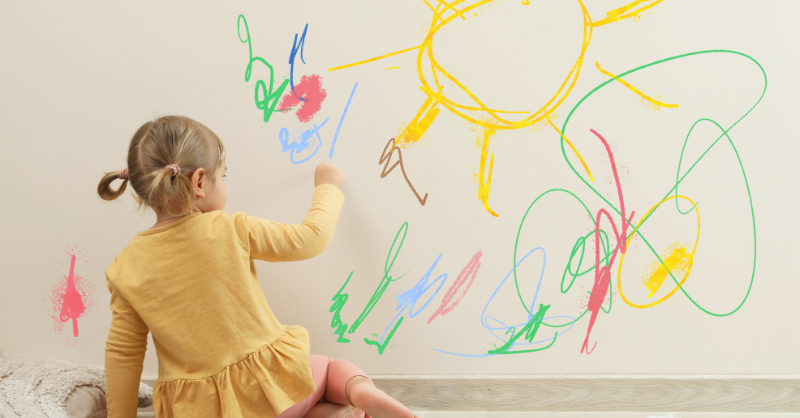




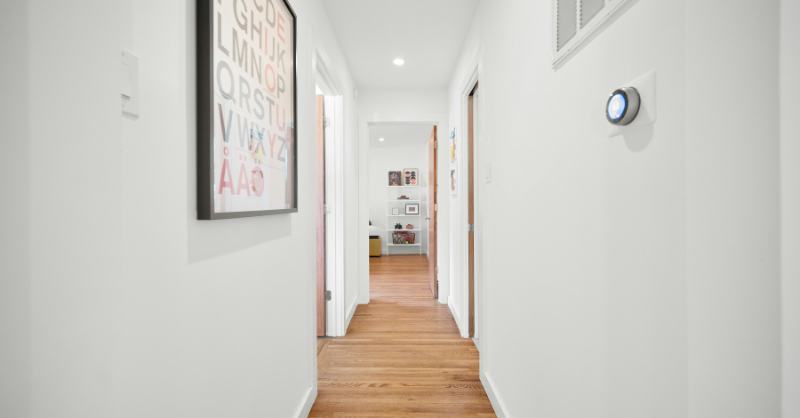
-1.jpg?width=1280&height=721&name=Havens%20after%204%20(1)-1.jpg)
